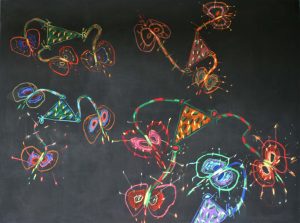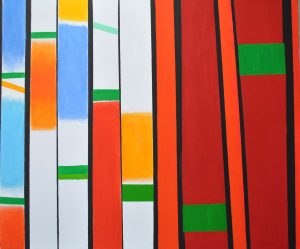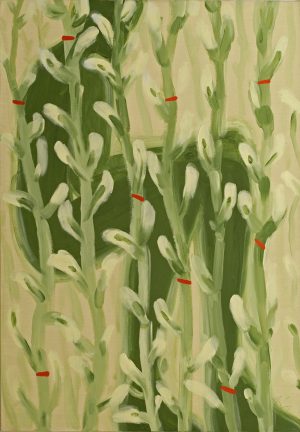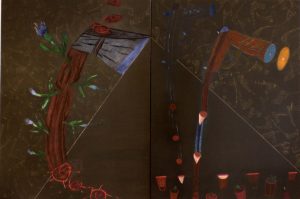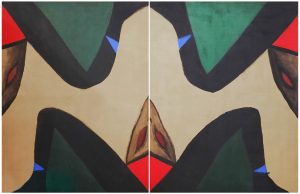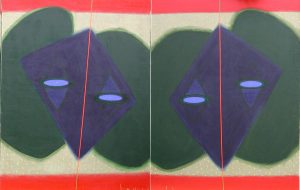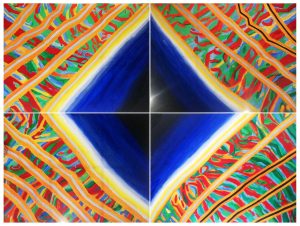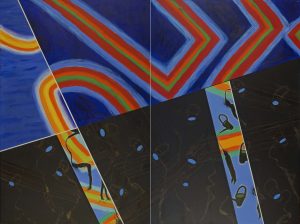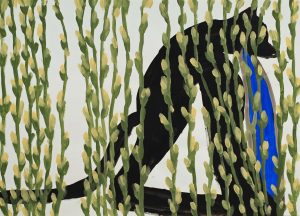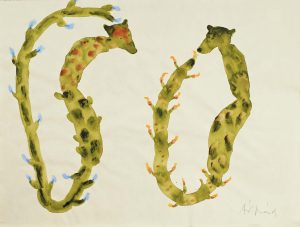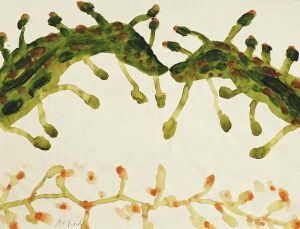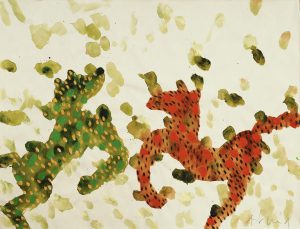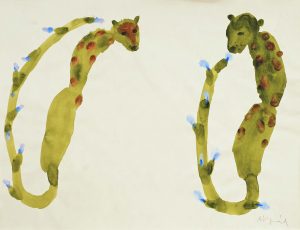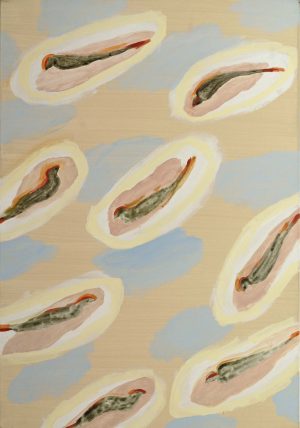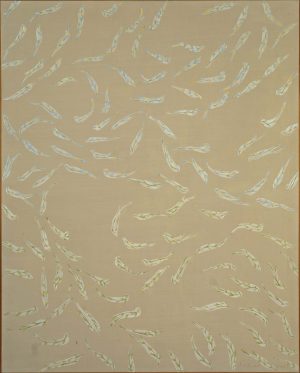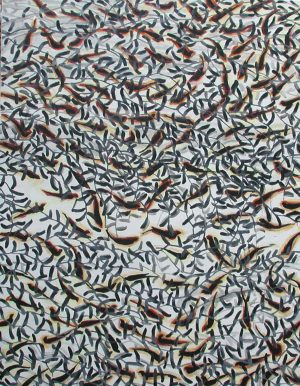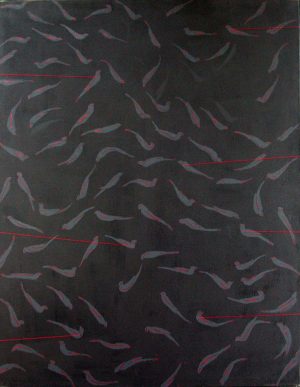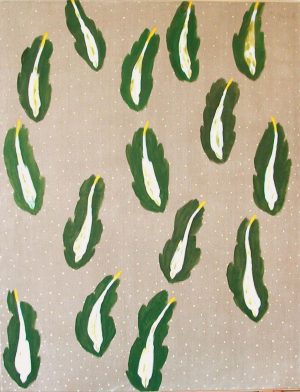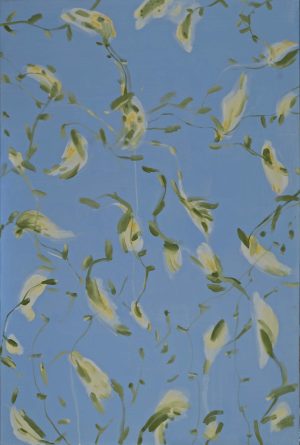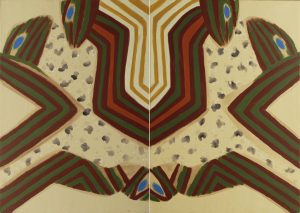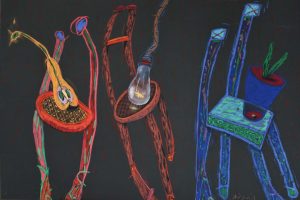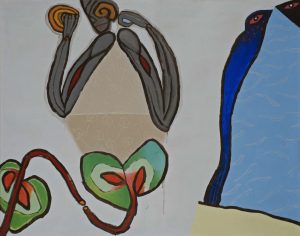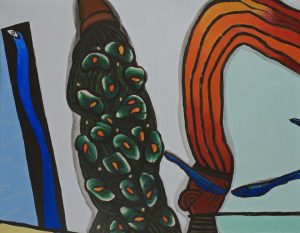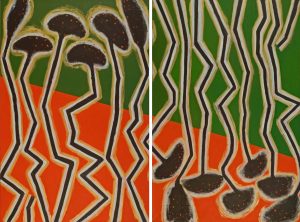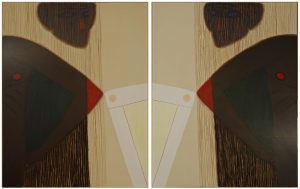
Árpád SZABADOS
Figure Pair I-II.
- Year(s)
- 2013-2014
- Technique
- acrylic on canvas
- Size
- 2 pcs / 180x140 cm each
Artist's introduction
Munkácsy Prize-winning Árpád Szabados first participated as a graphic artist in the renewal of Hungarian art in the late 1960s and early 1970s, liberating drawing from the constraints of representation, geometry and anatomy. This was followed by him enriching the scope of the Neue Wilde painting of the 1980s with his passionate, taboo-free, intense, sometimes even brutal drawing style and search for the credibility of painting and man's authentic representation. He influenced the approaches and perspectives of multiple generations, making them receptive to creative thinking with the founding of the GYIK Workshop, as the photo editor and artistic director of the Hungarian journal Mozgó Világ and as the rector of the Hungarian University of Fine Arts. He was one of the "seekers" of the 20th century – an artist dealing with the fate and self-determination of human(ity) – whose goal was to search for a notion of art that had been valid for millennia. This search also meant a rediscovery of the foundations of art in the 1960s and 1980s, which was particularly rich in its findings. The archaic figures and torsos of his painting emphasize the biological functions of the body. At the same time, they are in motion: space is established through the body's active-passive emergence (sometimes the motifs are animals or plants). This space is sometimes a continuously unravelling paper scroll or a mural (a twentieth-century colouring book) – formats that he rediscovered through his artistic practice. In other cases, he rethought the tradition of the rectangular format based on even older concepts, creating complex image structures based on ornamental, open systems, such as the double images of the more recent decades. Katalin Keserü
More artworks in the artist's collection »


